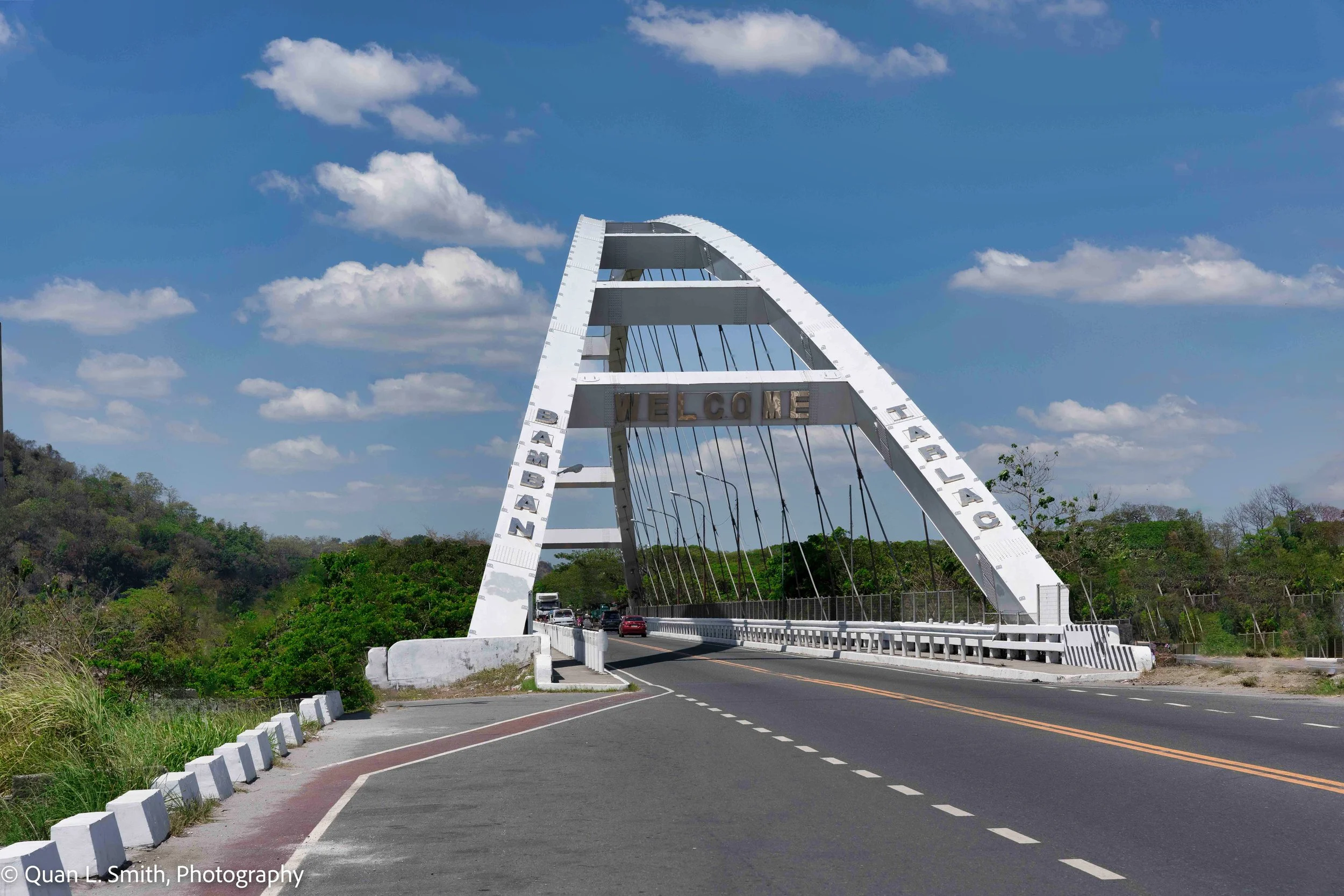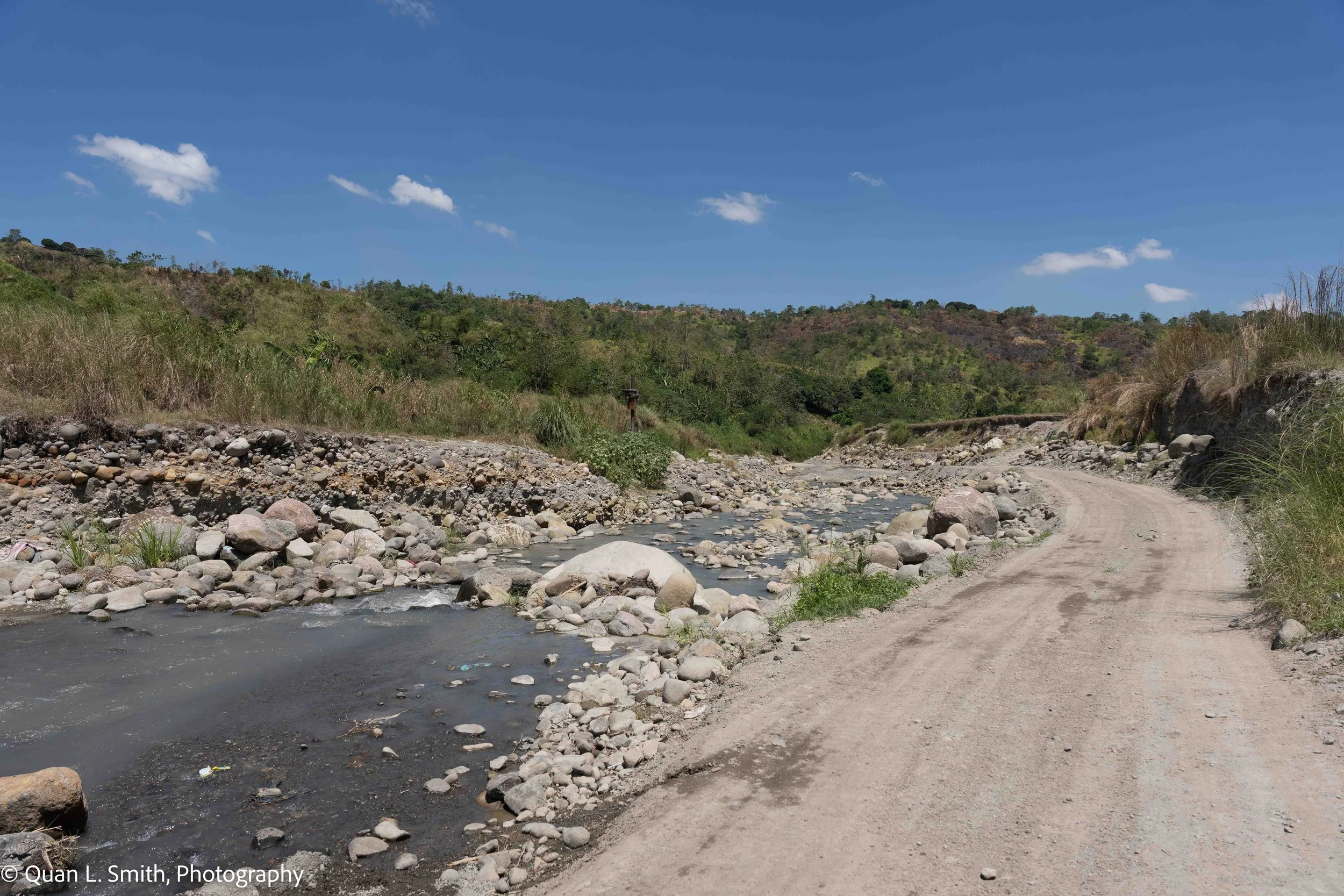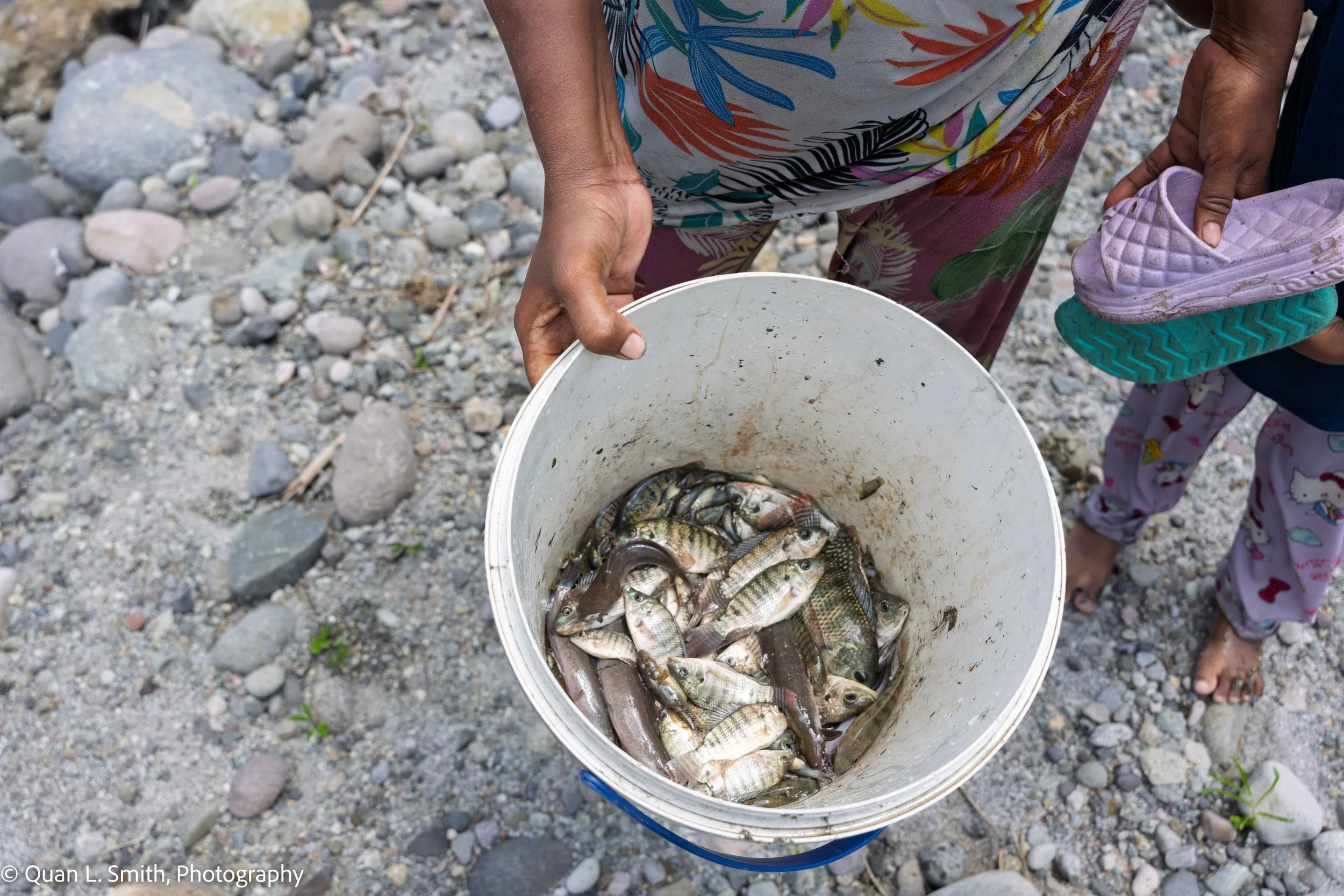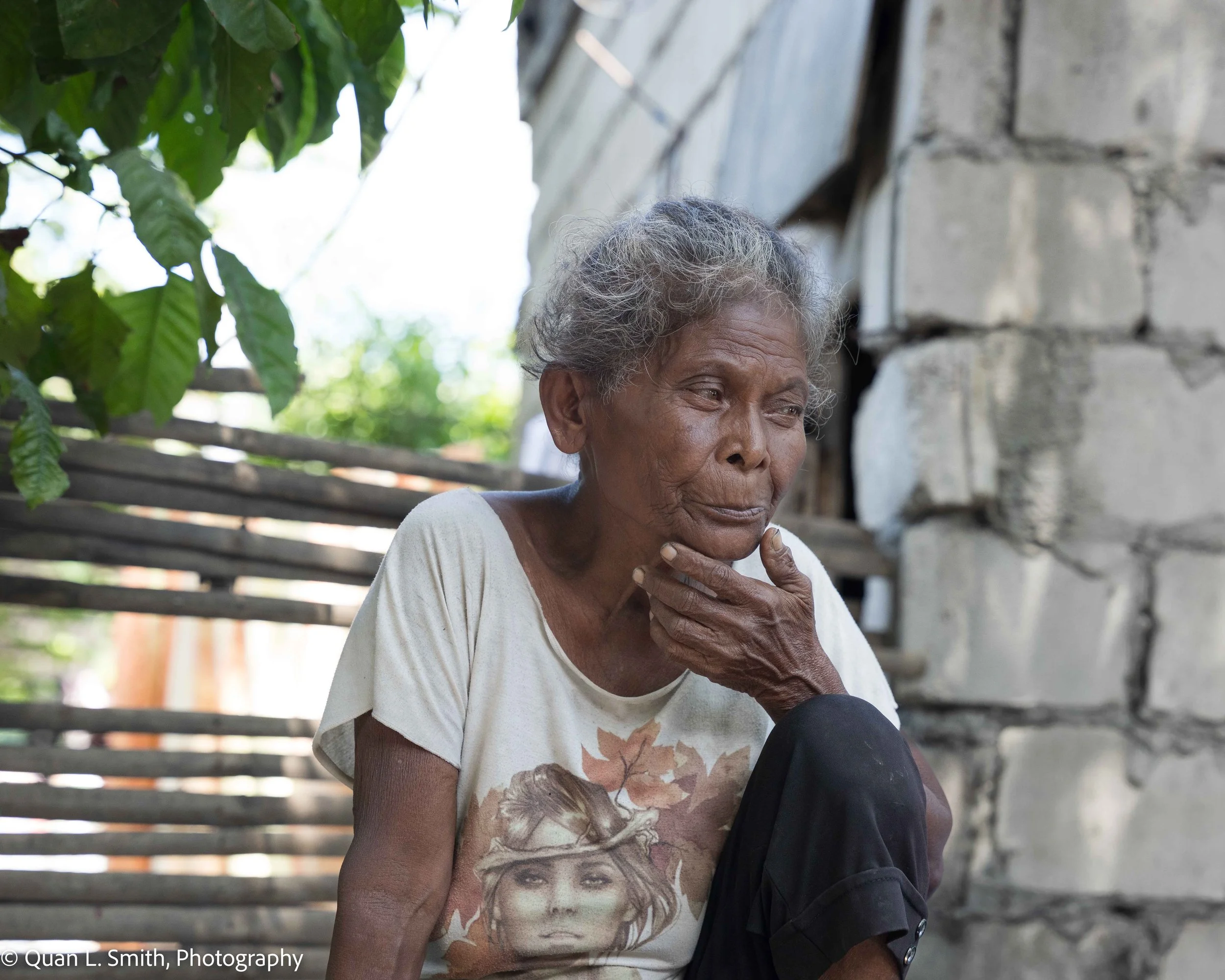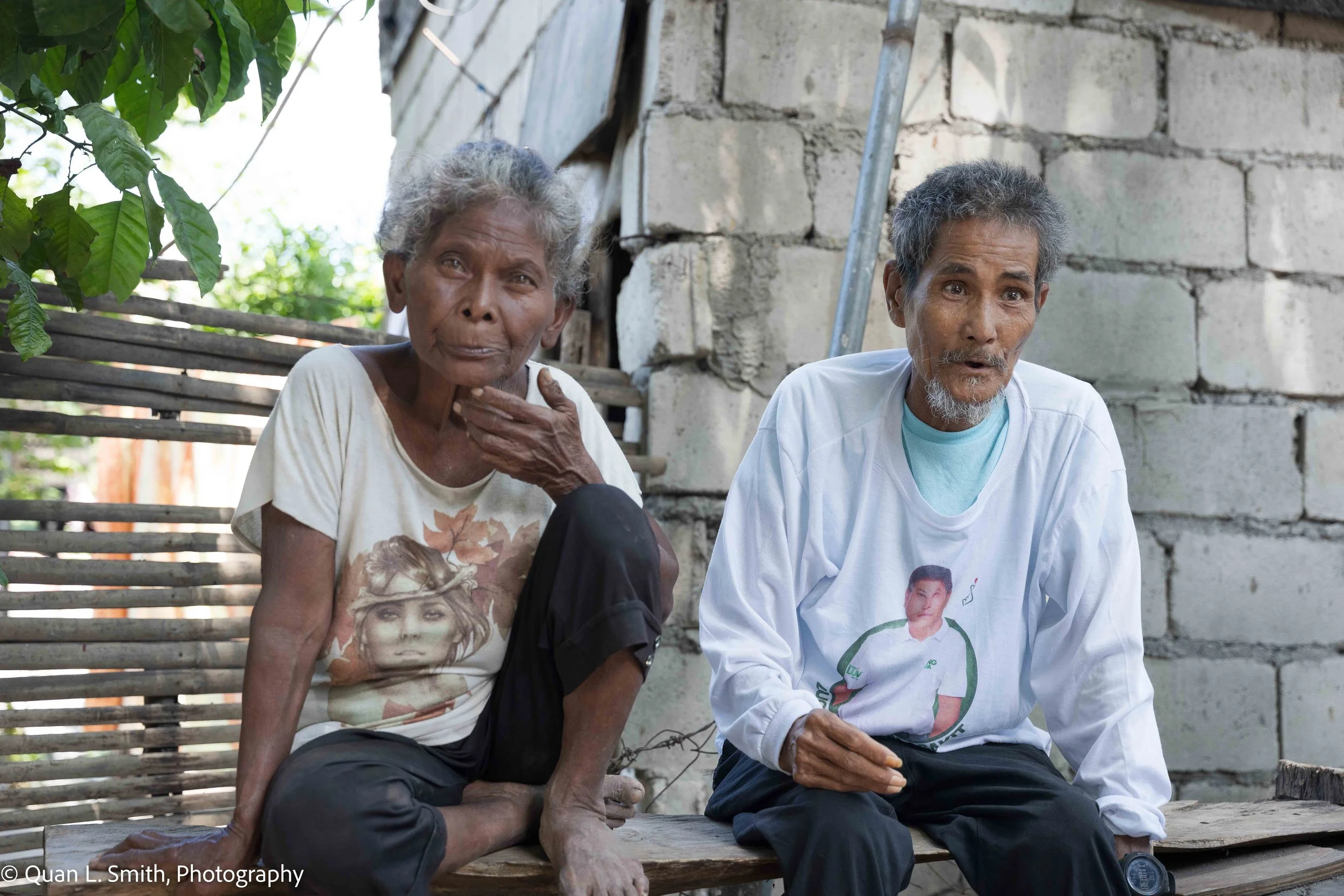In the Heart of Bamban: A Glimpse into the Lives and Traditions of the Aeta Mag-antsi Tribe
Recently our team journeyed to Sitio Batson, Bamban, Tarlac, to meet two families from the Aeta Mag-antsi tribe, one of the many Indigenous ethnolinguistic groups in the Philippines. This visit is part of our long-term project to document the cultural, spiritual, and social legacy of Native Filipino communities through photography and storytelling.
What unfolded was a blend of success and learning—an experience that offered both cultural insight and sobering reflection on the realities these communities face today.
Who Are the Aeta Mag-antsi? (A Brief History)
The Aeta Mag-antsi are one of several subgroups under the larger umbrella of Aeta or Agta tribes, considered by anthropologists to be among the earliest inhabitants of the Philippines. Believed to have arrived via land bridges from mainland Asia around 20,000 to 30,000 years ago, the Aetas are part of the Negrito ethnic groups—characterized by their dark skin, curly hair, and short stature.
Historical records show that the Aetas have long lived in the rugged terrains of Zambales, Tarlac, Pampanga, and Bataan, primarily in the Zambales Mountain Range. According to the National Commission on Indigenous Peoples (NCIP, 2021), they are known as "Guardians of the Mountains," preserving natural resources through sustainable living and deep spiritual connections to the land (NCIP, 2021).
Each subgroup, such as the Aeta Mag-antsi, has its own dialect and slightly varying customs and traditions. The Mag-antsi dialect belongs to the Austronesian language family, distinct from both Tagalog and Kapampangan spoken in surrounding areas.
A large white bridge marks the boundary between Bamban and Capas, Tarlac. This welcome arch is a well-known landmark in the area, leading travelers toward the rural and mountainous lands where Indigenous communities like the Aeta Mag-antsi tribe live. The bright blue sky and green surroundings add to the peaceful and scenic view.
A rugged, unpaved trail winds alongside a shallow stream surrounded by rocks and sparse vegetation—this is part of the natural landscape where the Aeta Mag-antsi tribe live, hunt, and fish in Sitio Batson, Bamban, Tarlac. The hills in the background mark the edge of the forested mountain areas that have long served as the ancestral domain of the tribe. This terrain, though harsh and isolated, is deeply intertwined with their traditions, sustenance practices, and spiritual connection to the land.
Meet the Families
We had the honor of interviewing B S (67) and R S (75), along with M D (39), a solo mother of eight children. Despite living without permanent homes, they welcomed us with open arms and shared their stories rooted in resilience and heritage.
Photographer Quan Smith stands beside members of the Aeta Mag-antsi tribe in Sitio Batson, Bamban, Tarlac. The photo shows a warm moment shared with an elderly couple and a young child in front of their modest home. This image reflects the personal connection and respect built during the cultural documentation visit.
Photographer Quan Smith stands with three women from the Aeta Mag-antsi tribe in Sitio Batson, Bamban, Tarlac. The photo captures a moment of connection and friendship during a visit focused on learning about their culture and way of life.
Photographer Quan Smith stands with members of both Aeta Mag-antsi families during a group photo in Sitio Batson, Bamban, Tarlac. The image captures a meaningful moment of unity and connection with the elders, mothers, and women from the two families interviewed during the cultural visit.
Settling in Sitio Batson
“We moved here in 2012. Our tribe used to live above the forest, up in the mountains,” shared R S.
This reflects a broader trend among Aeta communities who, in recent decades, have been displaced by development projects, deforestation, and natural disasters—most notably the 1991 Mount Pinatubo eruption, which devastated large parts of Zambales and Tarlac where many Aetas traditionally lived.
A family is seen fishing in the river using a unique and traditional technique. The video captures their skillful and resourceful way of gathering food from nature, reflecting the deep connection between Indigenous life and the land.
A man from the Aeta Mag-antsi tribe stands in a shallow river using a traditional fishing method with two long sticks. Surrounded by rocks and flowing water, this scene shows a simple and skillful way of catching fish
The fisherman’s wife and daughter holds a white bucket filled with freshly caught fish by the riverside. The photo highlights a successful fishing day and shows one of the ways the Aeta Mag-antsi tribe gathers food from nature.
Sacred Beliefs and Indigenous Healing
One of the strongest threads still alive in their culture is their devotion to the Anito, ancestral spirits who guide healing and well-being.
“We didn’t use hospitals or doctors before. We relied on Anito and herbal medicines. People who disbelieve our ways sometimes end up suffering,” R S explained.
These healing practices fall under a broader Indigenous spiritual worldview known as animism, where nature and spirits are interconnected. According to ethnographic studies, many Aeta communities have spiritual leaders or shamans who serve as mediators between the physical and spirit world ([Eder, 1982]).
Adornment and Marriage Traditions
Cultural expression comes through simple yet meaningful adornments and rituals.
“We wear bracelets and necklaces made from tree branches. My cousin still makes them in the mountains,” said M D.
Their traditional marriage custom, Doti, is still practiced today—where a suitor must offer money, rice, and a pig to the woman’s family.
Such customs reinforce community ties and honor ancestral practices passed down through generations.
Values Passed Down from Elders
“Respect for parents and elders is the most important value,” said B S. “Even if they just say not to eat certain foods, we follow it. It’s about respect.”
An elderly woman from the Aeta Mag-antsi tribe stands calmly outside her home in Sitio Batson, Bamban, Tarlac. Dressed in a colorful striped shirt and patterned pants, she reflects a quiet strength and dignity rooted in tradition and resilience.
An elderly woman from the Aeta Mag-antsi tribe sits quietly outside her home in Sitio Batson, Bamban, Tarlac. With a thoughtful expression and hand resting on her chin, the photo captures a peaceful yet reflective moment in her everyday life.
Then and Now: A Contrast in Generations
B S and R S shared poignant memories of a difficult past.
“We couldn’t go to school. We had to move from place to place. Even bringing rice from town was dangerous during conflict—soldiers thought we were aiding enemies.”
Today, life is still difficult due to age and illness. With little income and no healthcare, their challenges are compounded.
Cultural Misconceptions and Traditions at Risk
One prevailing misconception is that Aetas reject modern medicine due to ignorance. However, as they clarified, it’s rooted in spiritual belief and collective ancestral experiences.
“My cousin ate food we’re not supposed to eat at a wedding. He died vomiting the same night,” M D recalled.
“Our uncle has a place where Aetas gather to continue our traditions. It’s our way of staying connected,” she added.
A small white church named Batson United Methodist Church stands quietly in the middle of the Aeta community in Sitio Batson, Bamban, Tarlac. Surrounded by greenery, the church serves as a place of worship and gathering for the local Indigenous families.
Aeta Day: Keeping Traditions Alive
Despite hardship, traditions remain alive through events like Aeta Day, held last September 27, 2024. All Aeta tribes gather to perform dances, rituals, and wear traditional bahag and sashes, accompanied by symbolic offerings to Anito.
“Only Aetas can attend. We may be from different tribes, but we celebrate together,” said M D.
A handmade basketball goal stands on a dirt court in the Aeta Mag-antsi community in Sitio Batson, Bamban, Tarlac. Built using wooden planks and a simple metal ring, it reflects the community’s creativity and love for the game despite limited resources.
A Message from the Families
B S & R S: “Please help us. Life is hard. My husband can no longer move well due to back pain.”
M D: “I hope people will respect our tradition. I sell vegetables to support my children. My husband died in an accident. My youngest never saw him. We don’t even have a house.”
An elderly couple from the Aeta Mag-antsi tribe sits side by side outside their home in Sitio Batson, Bamban, Tarlac. The photo captures a quiet and heartfelt moment, reflecting their strength, wisdom, and deep connection to each other and their community.
Final Reflections: Culture and Compassion
Our visit to Sitio Batson was a valuable learning experience. While our primary intent was to document culture, we saw first-hand. We were reminded that culture and livelihood are inseparable—and our role is not just to capture beauty, but to amplify unheard voices with dignity and truth.
A cheerful woman who lives in the Aeta Mag-antsi community crouches between large rocks, smiling brightly and flashing a peace sign. Her joyful expression adds warmth and positivity to the natural setting around her.
References:
National Commission on Indigenous Peoples (2021). Aetas of Central Luzon: Guardians of the Mountains. https://ncip.gov.ph/2021/11/22/aetas-of-central-luzon-guardians-of-the-mountains/
Eder, J. F. (1982). On the Road to Tribal Extinction: Depopulation, Deculturation, and Adaptive Well-being among the Batak of the Philippines. University of California Press.
National Museum of the Philippines. Ethnographic Collections and Studies on Indigenous Peoples.
